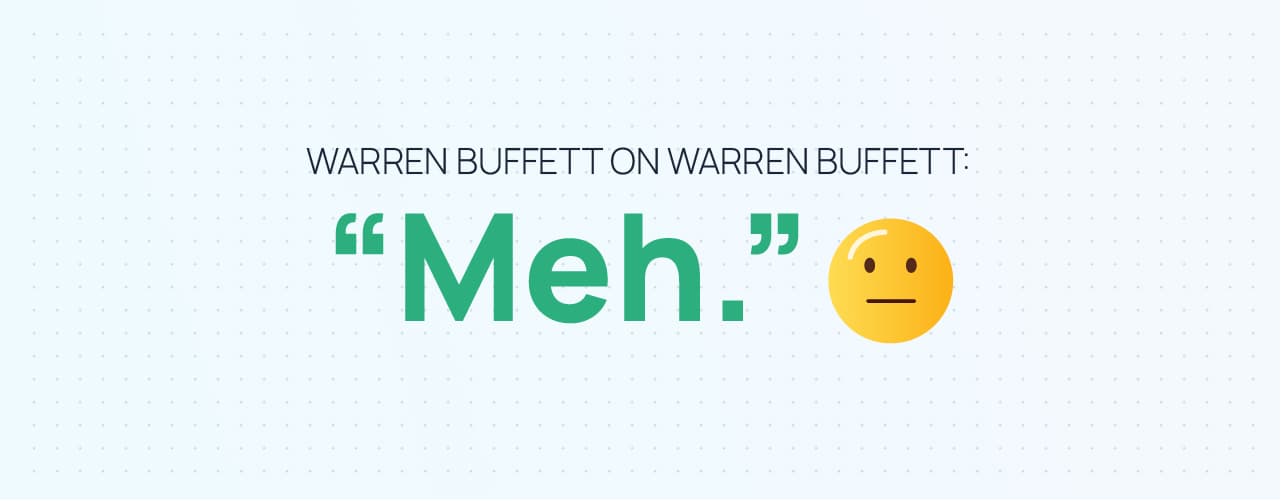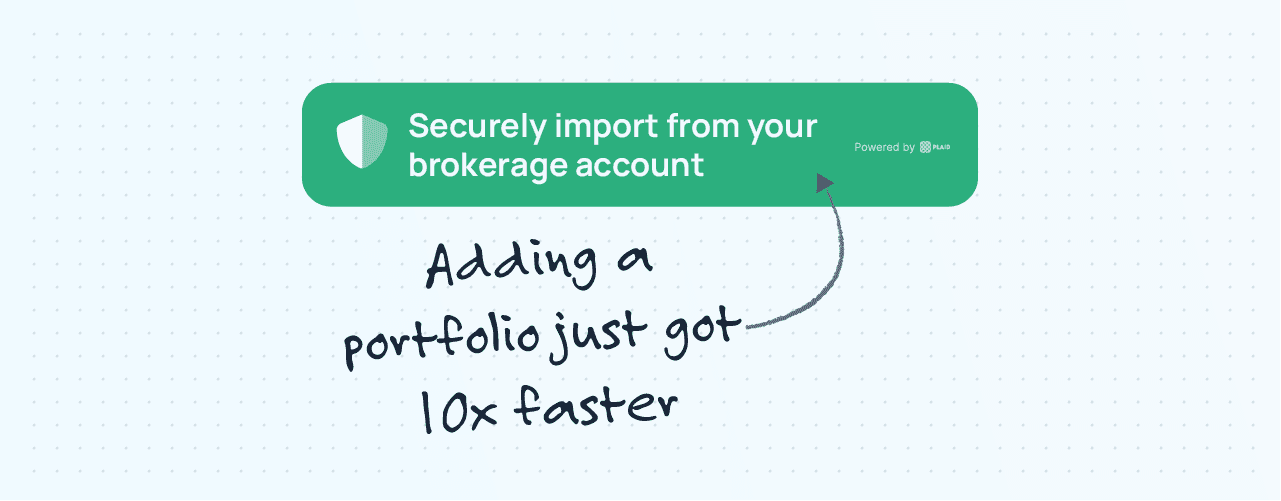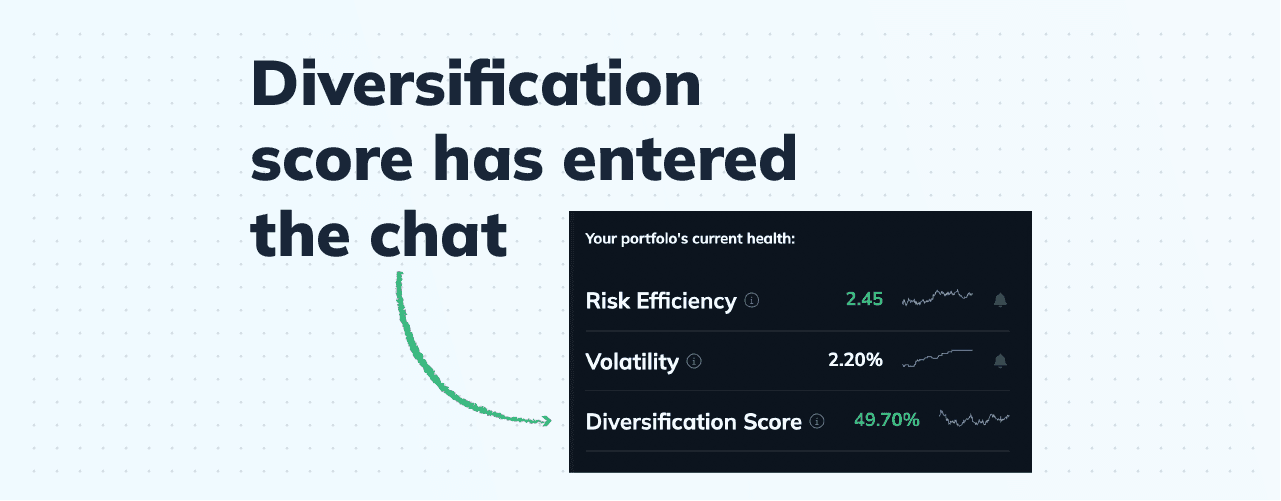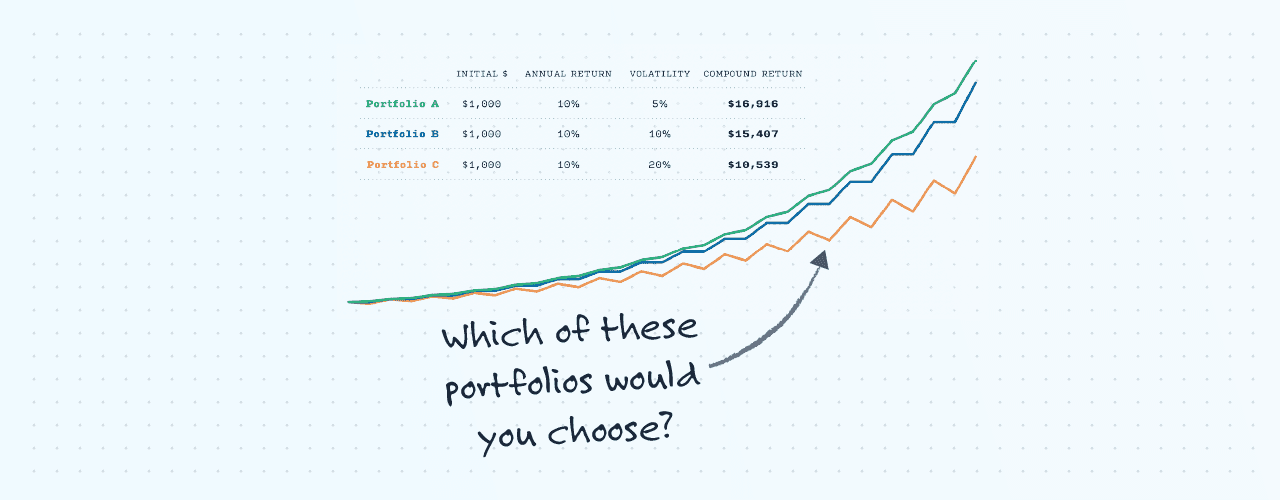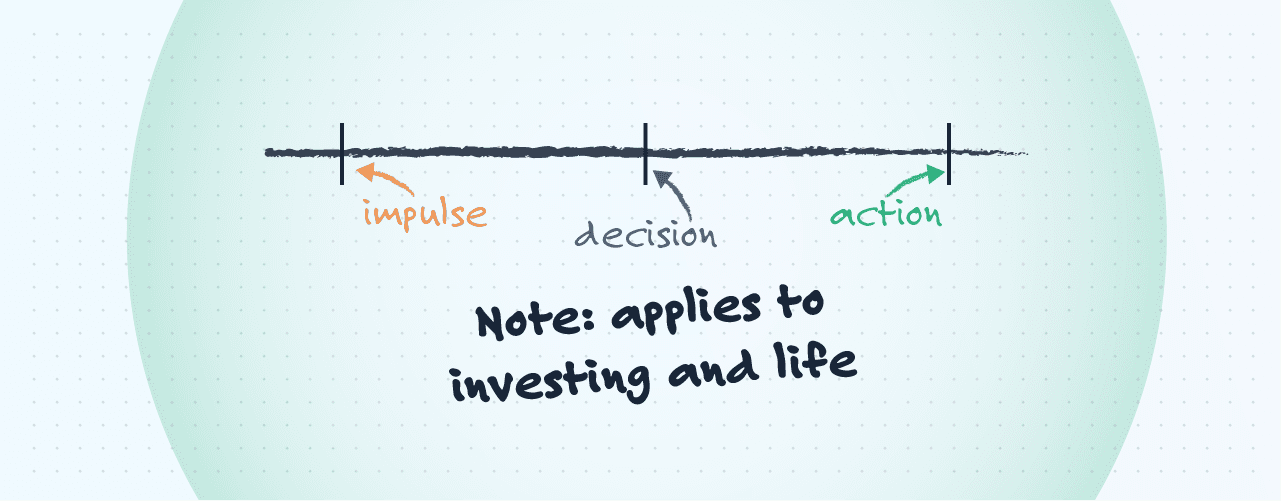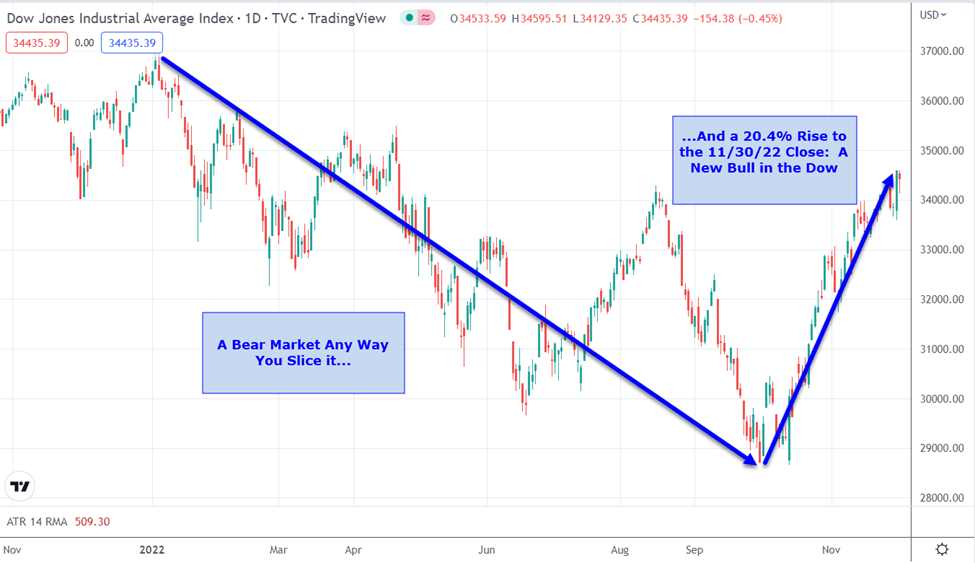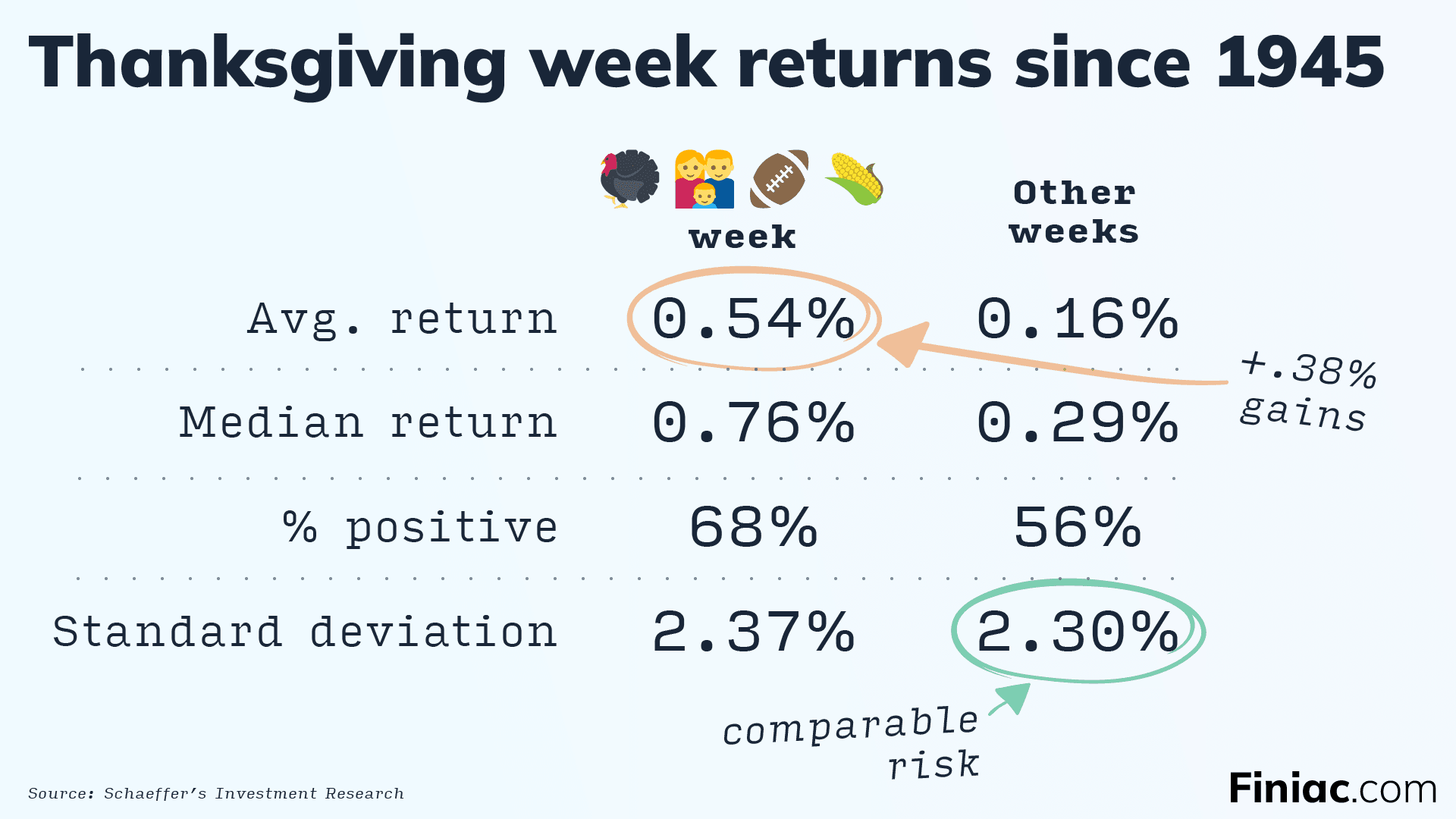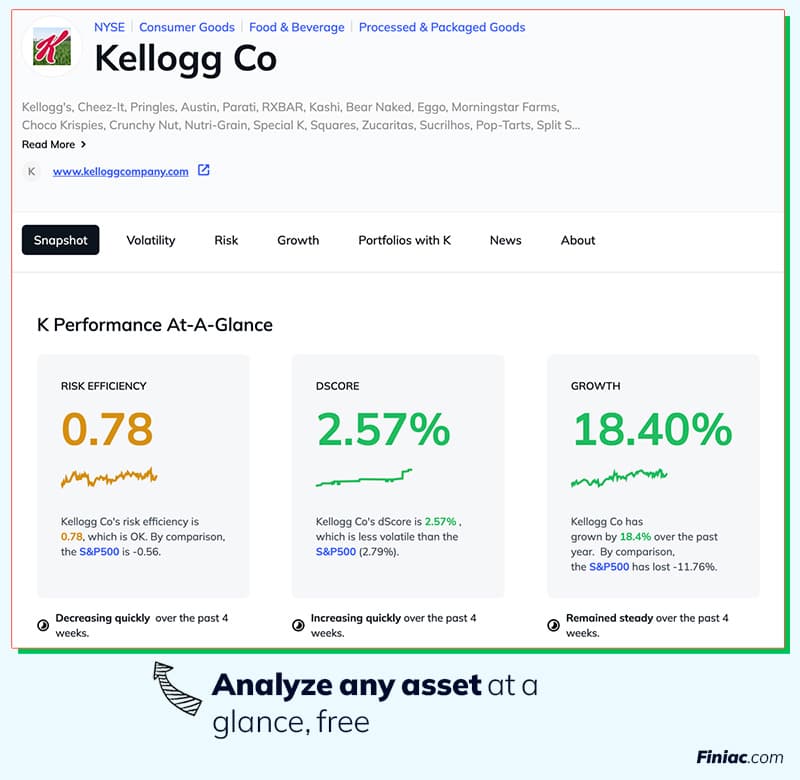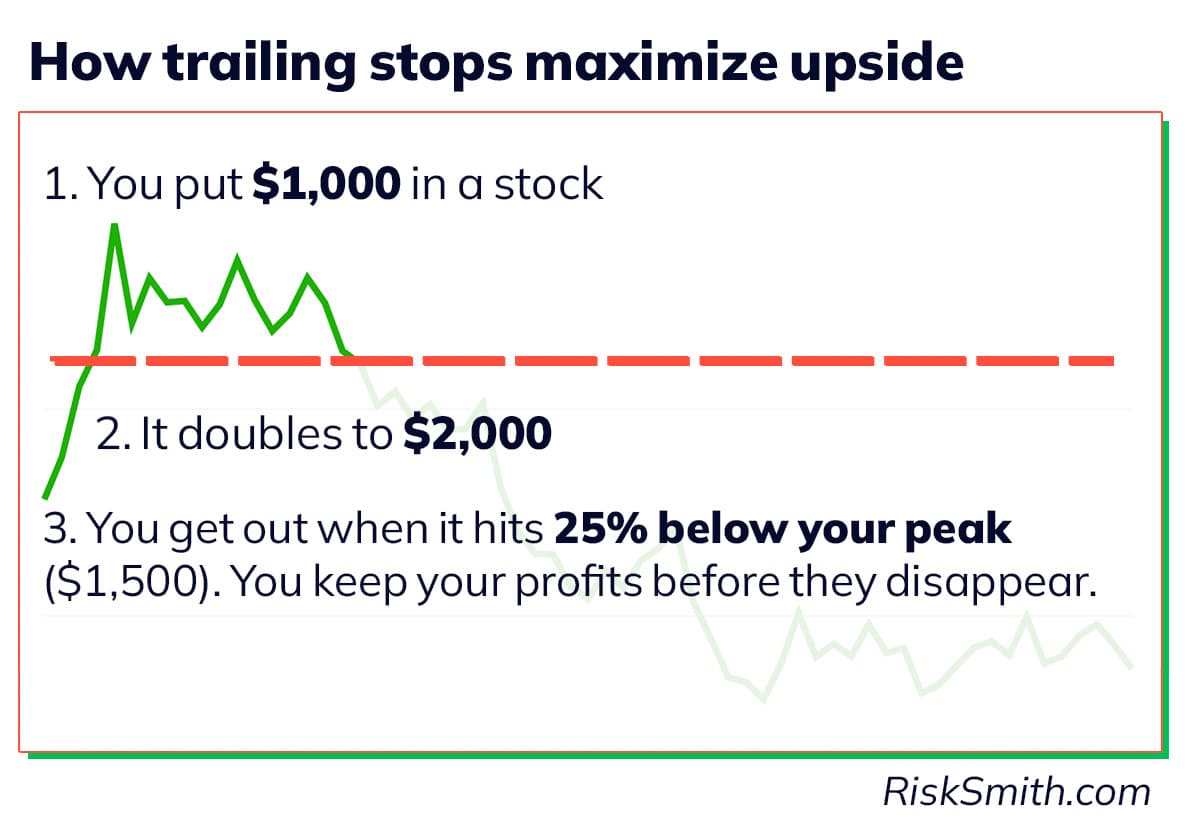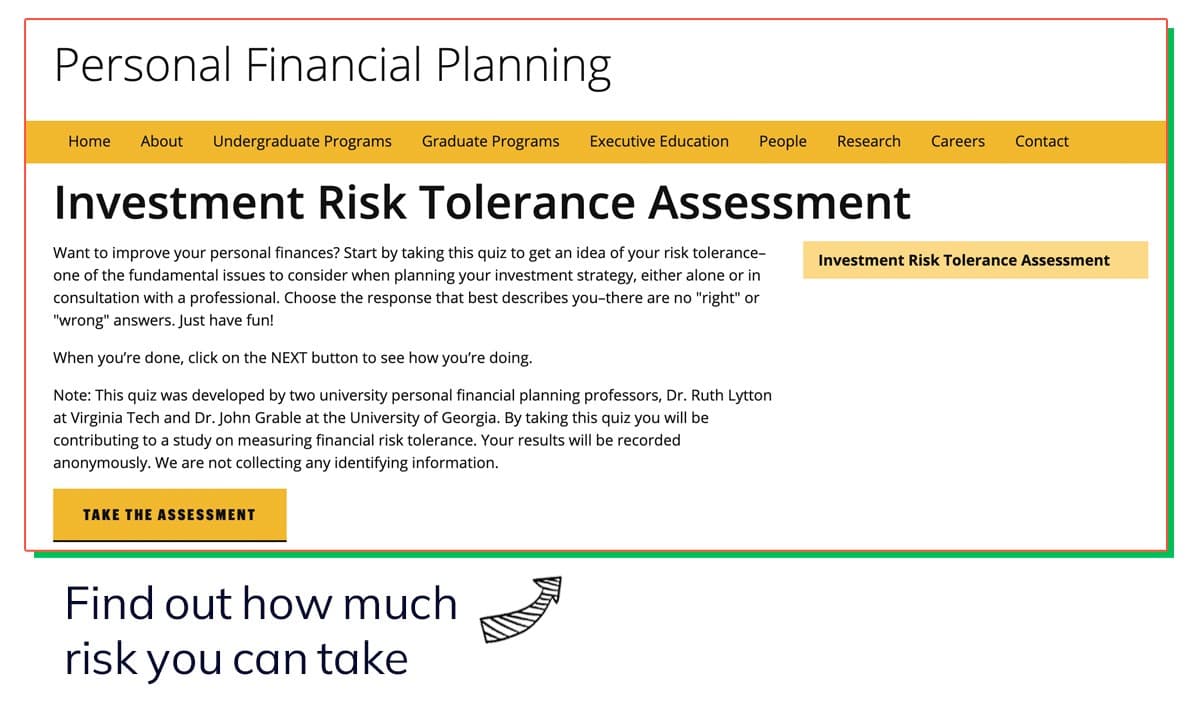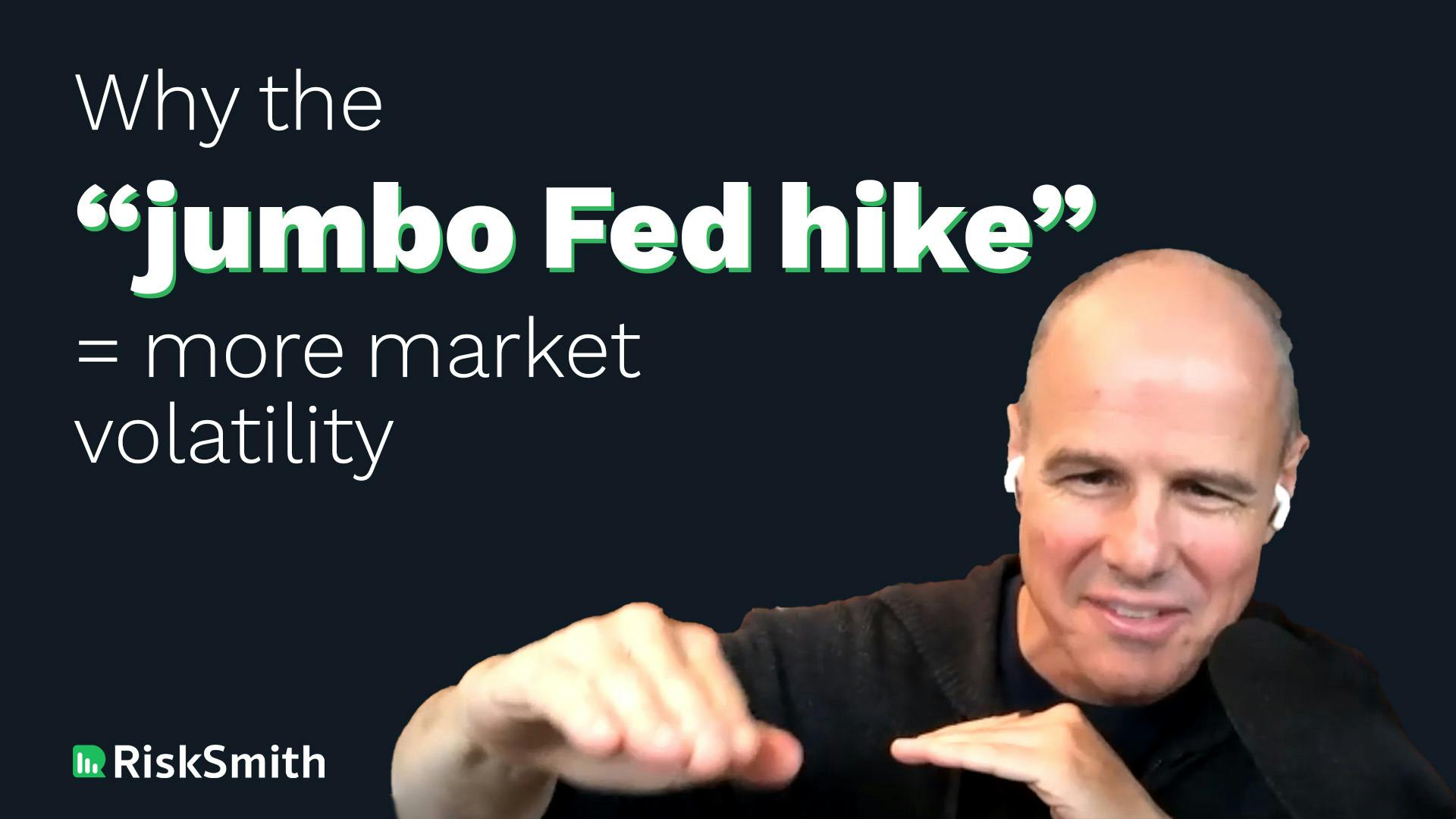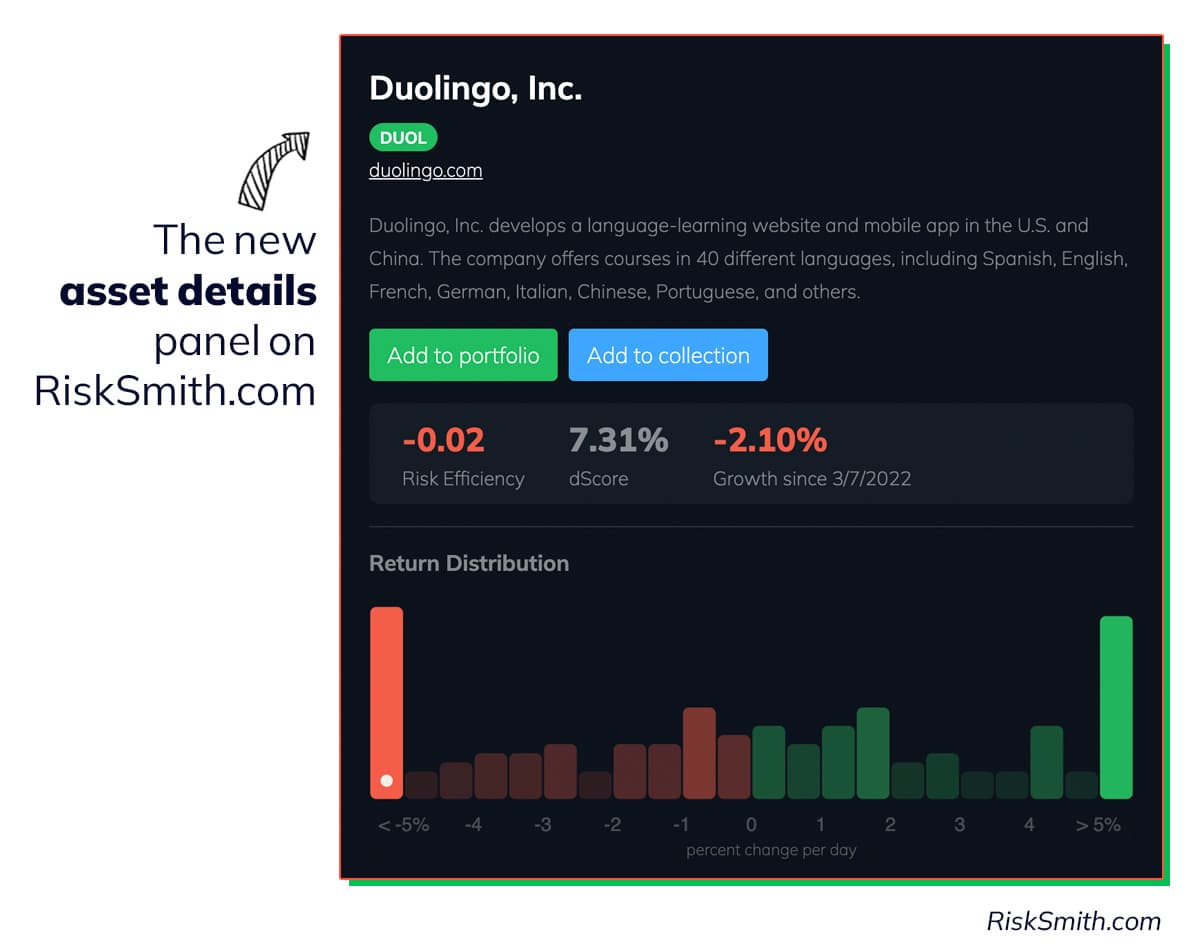7 Principles of Successful Investing
August 15th, 2022
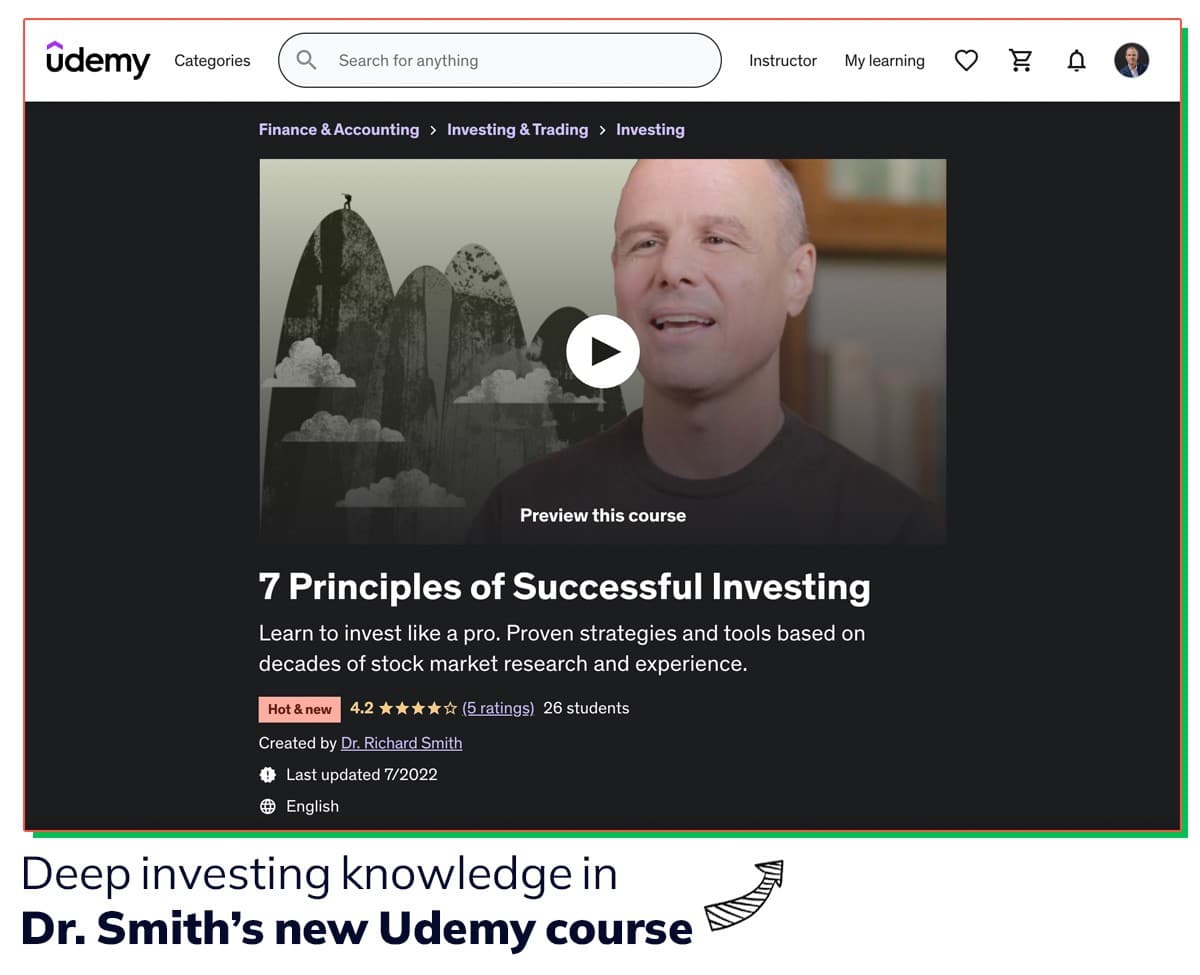
Blog | 7 Principles of Successful Investing
Investing guides are filled with hype. Most aren’t worth your time.
Instead of adding to the noise, today we want to offer concrete strategies for building long-term wealth, based on decades of research and experience. No gimmicks. No confetti or bells and whistles.
This post is aimed at independent investors who want to create long-term, wealth-building portfolios.
Pantheon-level investor Ray Dalio coined the term “Holy Grail portfolio.” His definition is the one we stick to:
The Holy Grail is a portfolio of ~15 good, uncorrelated return streams.
This post is based on the new Udemy course, developed by RiskSmith co-founder Dr. Richard Smith. After 25 years helping individual investors, he decided to share his entire investing strategy.
Read on if you want to:
Discover your goals as an investor “More money!!!” won’t cut it. Real wealth-building starts with proper, specific targets.
Build a Holy Grail Portfolio from scratch
Even if you’ve never invested before.
Manage that portfolio like a seasoned pro
So you can stay invested and stay sane.
That’s the goal. Now let’s dive in.
1. Investor, Know Thyself
Way too many investors skip this step entirely. Because, as previously noted, “More money!!!” is just too easy. It leaves open too many questions:
How much money, exactly?
When do you need it?
What do you plan to invest in?
Before you put money in the markets, you need to understand your risk tolerance and your time horizon.
How to determine your risk tolerance
There are a ton of risk tolerance assessments out there, but this one from the University of Missouri is a benchmark. It takes about 10 minutes to complete.
How to set your time horizon
Another way to say this is, “When you do plan to take this money out of the markets?” Are you saving for a house? For retirement?
There’s no online quiz that can answer this one for you. But be realistic: short-term cash-outs are rare in the markets. Don’t expect to hit it big right away.
TAKEAWAY: Invest with purpose. Know how much risk you want to take on, and how long you want to be invested. Choose a path and follow it confidently.
2. Believe in What You Buy
But make sure someone smarter that you believes in it, too
<iframe width="560" height="315" src="https://www.youtube.com/embed/UhfBB1xCghc" title="YouTube video player" frameborder="0" allow="accelerometer; autoplay; clipboard-write; encrypted-media; gyroscope; picture-in-picture" allowfullscreen></iframe>
There are tens of thousands of exchange-traded assets you could possibly put your money into (even more when you consider crypto).
If we’re aiming for, say, 15 in a portfolio, how do you narrow it down? Especially when researching investments isn’t your full-time job?
Easy: swipe ideas from people whose full-time job is researching investments.
Big-fish investors, like hedge funds, have to report what are known as 13F filings, disclosing everything that’s in their portfolios, and how much they’re invested.
Which means that you can see exactly what rock-star investors consider to be “good” investments. They’re all available, for free, on WhaleWisdom.com. Check it out:

A complete list of Warren Buffett's current Berkshire Hathaway portfolio
You don’t have to sit around wondering what a “good” investment looks like. Legendary investors are already telling you.
TAKEAWAY: Source your investment picks from proven, trustworthy investors.
3. Know When to Sell Before You Buy
Almost all of the anxiety linked to investing is based on a simple question: “When do I sell??”
Selling a position is easily the most fraught choice you’re ever going to make as an investor. There’s really only one way to do it perfectly: sell at the exact top of the market, then watch the ticker go into free-fall immediately.
News flash: that basically never happens.
If that’s your standard for a “good” decision to sell, then you’re almost always going to fall short. Don’t open yourself up to that kind of disappointment.
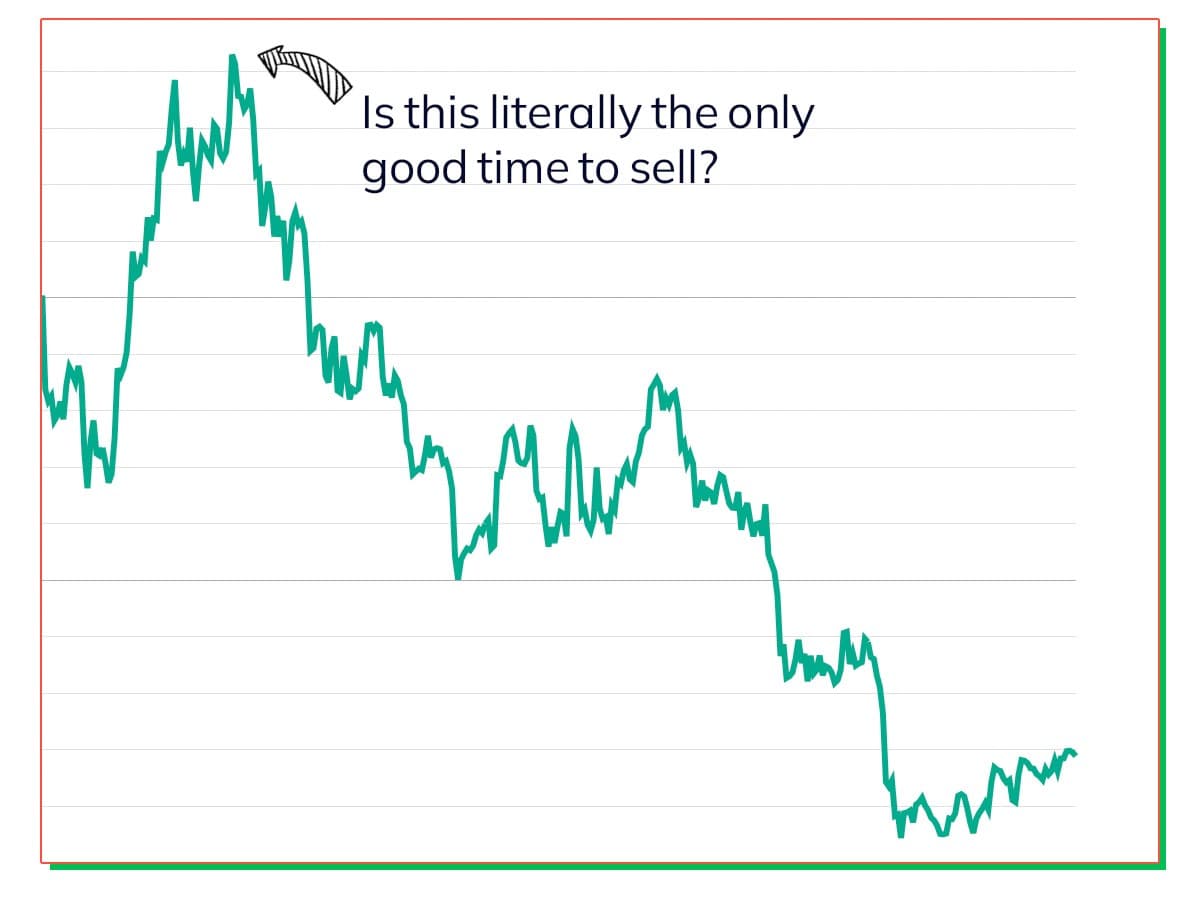
A comically exaggerated illustration of the only "perfect" time to sell a stock you've invested in.
Before you buy anything, know exactly what you want to happen with that holding:
Approximately how long you want to hold it
What you expect to happen over that time period
What would need to happen to make you decide to sell
TAKEAWAY: Don’t buy or sell on instinct. Set up clear rules and realistic expectations, and stick to them.
4. The Winners Don’t Need the Money
Dr. Smith got this one from a friend, Jake Bernstein, a titan of investing himself.
“Jake, what’s the difference between the winners and the losers in the market?” I asked.
“Simple,” said Jake. “The winners don’t need the money.”
What Jake is saying is: don’t bet money that you can’t afford to lose. Because that’s what every investment is: a bet. And bets don’t always pay off.
No matter what your portfolio size—$100 or $10M—there’s a way to be in the markets where you “don’t need the money.”
Principles 1–3 are all about research, and how to find new investments.
Now we’re talking about strategy. With your list of potential investments, figure out which ones fit your risk tolerance level.
If their historical performance shows high volatility, and you know you’re not ready to take that on, then hold back.
TAKEAWAY: Everybody in the markets loses from time to time. Plan accordingly.
5. Be the CEO
This is the last piece of the Holy Grail puzzle: “uncorrelated.”
In Principles 1–4, you’ve built a rough portfolio of good assets you want to invest in. Now it’s time to commit to your final 15 (or so).
To do that, you need to choose positions that are minimally correlated with each other. If they’re not going up or down at the same time, then you’ve successfully built a portfolio that can withstand most major market events.
RiskSmith is a good way to build a portfolio with as little correlation as possible. Use the built-in Correlation Matrix to see your portfolio’s correlation at a glance:
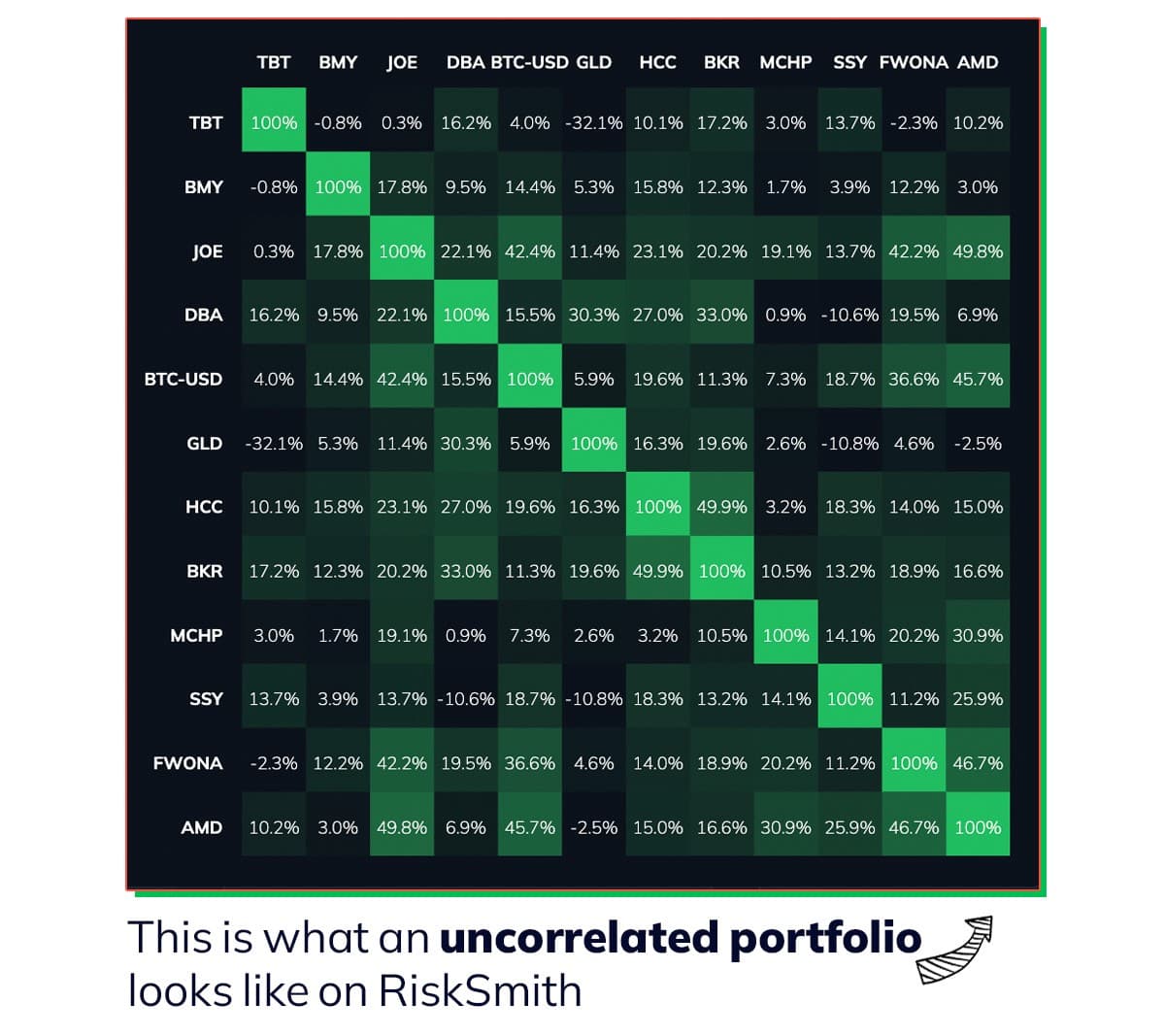
What the covariance matrix of an low-correlation portfolio looks like on RiskSmith.
One more step that most people ignore, but could seriously make or break you: position sizing.
Thankfully, RiskSmith helps with this, too. Once you’ve loaded up a portfolio, just switch from “managed” to “simulated,” and the app will automatically weight you assets according to volatility.
The toggle in RiskSmith that allows you to switch a portfolio from simulated to managed, allowing you to manually set your position sizes, or allow the app to weight your portfolio positions according to volatility.
Put simply:
More volatility = smaller position size
Less volatility = bigger position size
TAKEAWAY: A portfolio is a collection of assets. You’re the boss. Make sure they’re all working together as well as possible.
6. Practice Makes Profits
Over the course of 5 Principles, you’ve determined your own identity as an investor, and built a portfolio of 15 good, uncorrelated return streams.
Now time for the hard part: follow-through.
Investing takes discipline. As much as anything else in life, it’s going to test your patience, your focus and your endurance.
With the strategies you’ve already developed, this won’t be an all-day-every-day job. You know what to buy, and when to sell. Don’t let the media or anyone else push you off course.
TAKEAWAY: Trust your strategy. Commit to your principles. They’re the surest route to long-term wealth.
7. You Are the Intelligence
When “artificial intelligence” first started moving out of science fiction and into reality, one of the first applications was investing.
Which makes sense: investing is a numbers game, on the surface. Computers are great at finding patterns and analyzing data.
But even if you’re a straight-up technical investor, and don’t spend a minute of time on fundamentals, no computer in the world can replace your personal, unique perspective.
Those questions we asked all the way back in Principle 1—“Who are you as an investor?” “What do you hope to achieve when you invest?”—can’t be answered by a machine.
<iframe width="560" height="315" src="https://www.youtube.com/embed/Be8Gbqdox68" title="YouTube video player" frameborder="0" allow="accelerometer; autoplay; clipboard-write; encrypted-media; gyroscope; picture-in-picture" allowfullscreen></iframe>
Investing is a way to express yourself. The market at large is nothing but a community of voices all trying to be heard. When you’re in it, you shouldn’t let a machine do your talking for you.
TAKEAWAY: You’re in control. Don’t let an algorithm control decisions that you should be making for yourself.
Enroll in the full course
At this point, you’ve got the bones of a winning investment strategy.
To get the full experience, you’ll want to check out Dr. Smith’s Udemy course directly. In 2.5 hours, you’ll get a 10-year head start on most independent investors.

Dr. Richard Smith's Udemy course 7 Principles of Successful Investing for independent investors who want to optimize their returns like the pros.
If you’ve gotten this far, you’re already way ahead of most investors out there. Don’t give up now. You’re ready to take your investing game up to a whole new level.
Don't fall prey to loss aversion
Design better portfolios with RiskSmith

time horizon - The amount of time one expects to hold an investment. It is most often used to describe the date target when an investor intends to pull a significant amount of money out of the markets, or get out of the market entirely.
Other posts that mention terms time horizon
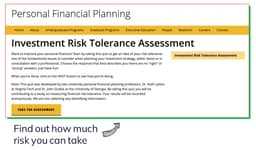
Investor, Know Thyself
Dr. Richard Smith
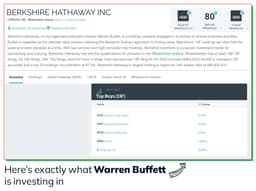
Believe in What You Buy
Dr. Richard Smith
Related Posts
